The Ascot: A Jaguar Like No Other
Images: Archivio centrale dello Stato/Stile Bertone
Replacing the Jaguar E-Type was a very tall order, yet the Jaguar XJ-S unveiled in September 1975 was a most worthy coupe. Based on the highly acclaimed XJ saloon, the XJ-S didn’t quite have the same sporty image of the now legendary E-Type, but it was more practical and a very refined car, just right for the period.
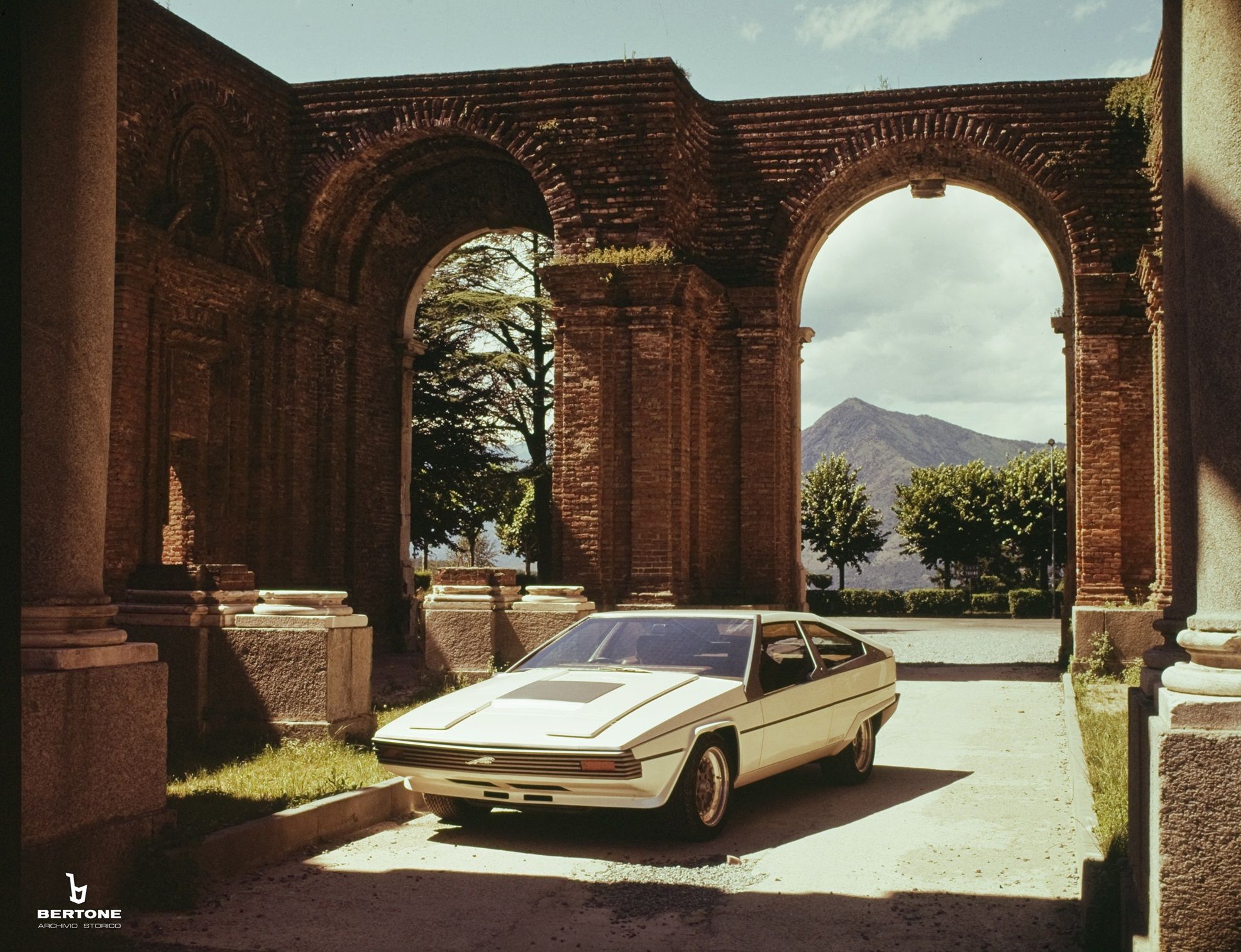
The XJ-S benefited from power worthy of the brand: a V12, with a choice of a manual (four-speed) or automatic (three-speed) transmission, but the manual gearbox was soon abandoned, as most opted for the later.

At the time, in the late 1970s, it was unusual to see a grand tourer with a V12. The only others sporting a V12 were Italian supercar makers, such as Lamborghini and Ferrari.
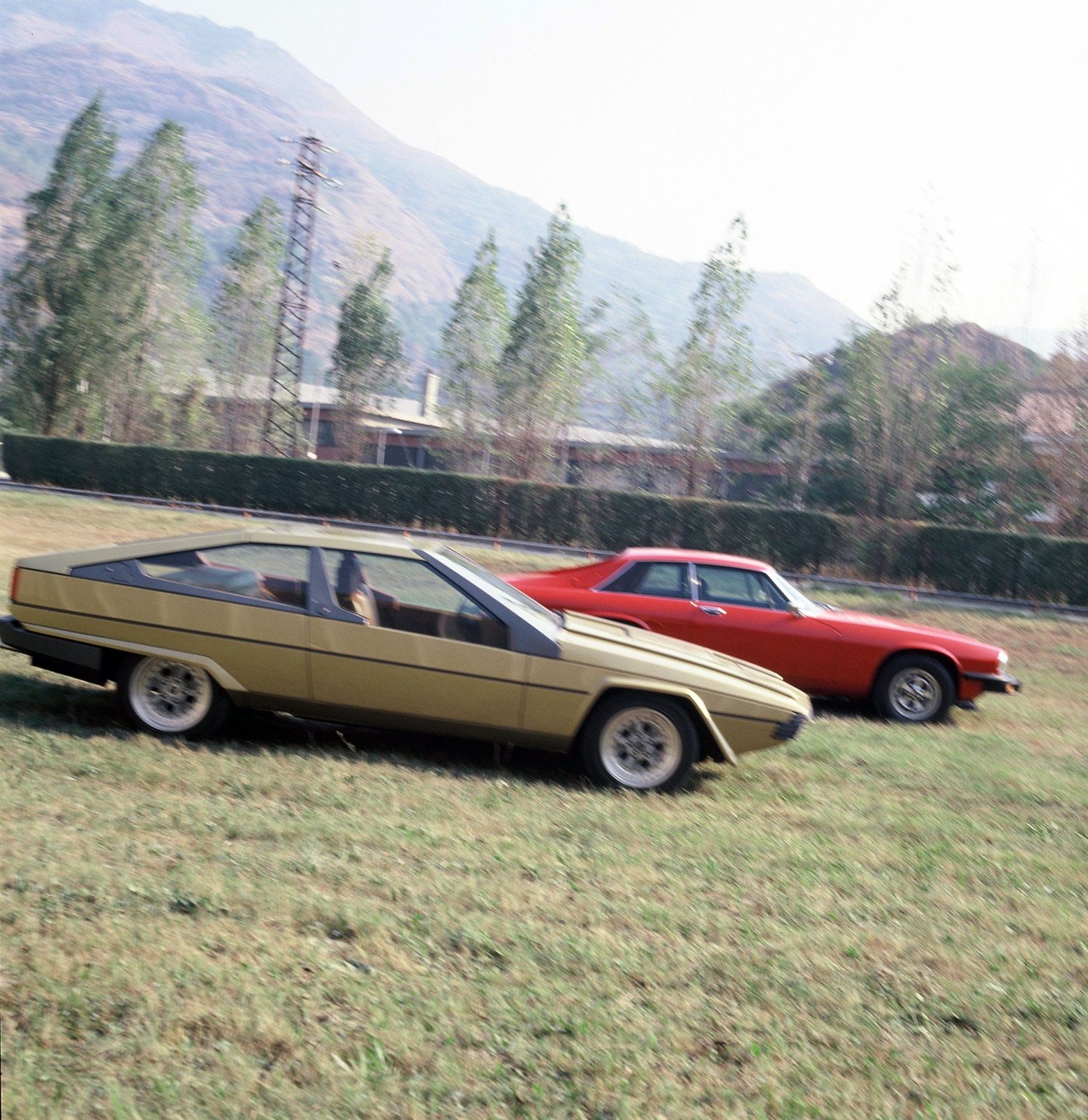
The specifications of the XJ-S were comparable with these: it could accelerate to 100 km/h in 7.8 seconds, and the top speed was a most impressive 230 km/h. These figures changed after 1981 as the engine was breathed upon and top speed went on to a tad over 240 km/h.
Appearing right in the middle of the oil crisis, and criticized for its design, the XJ-S did not quite set the sales charts afire. Especially since it guzzled quite a bit, and the rear seat space was highly compromised—barely enough for two very young kids.
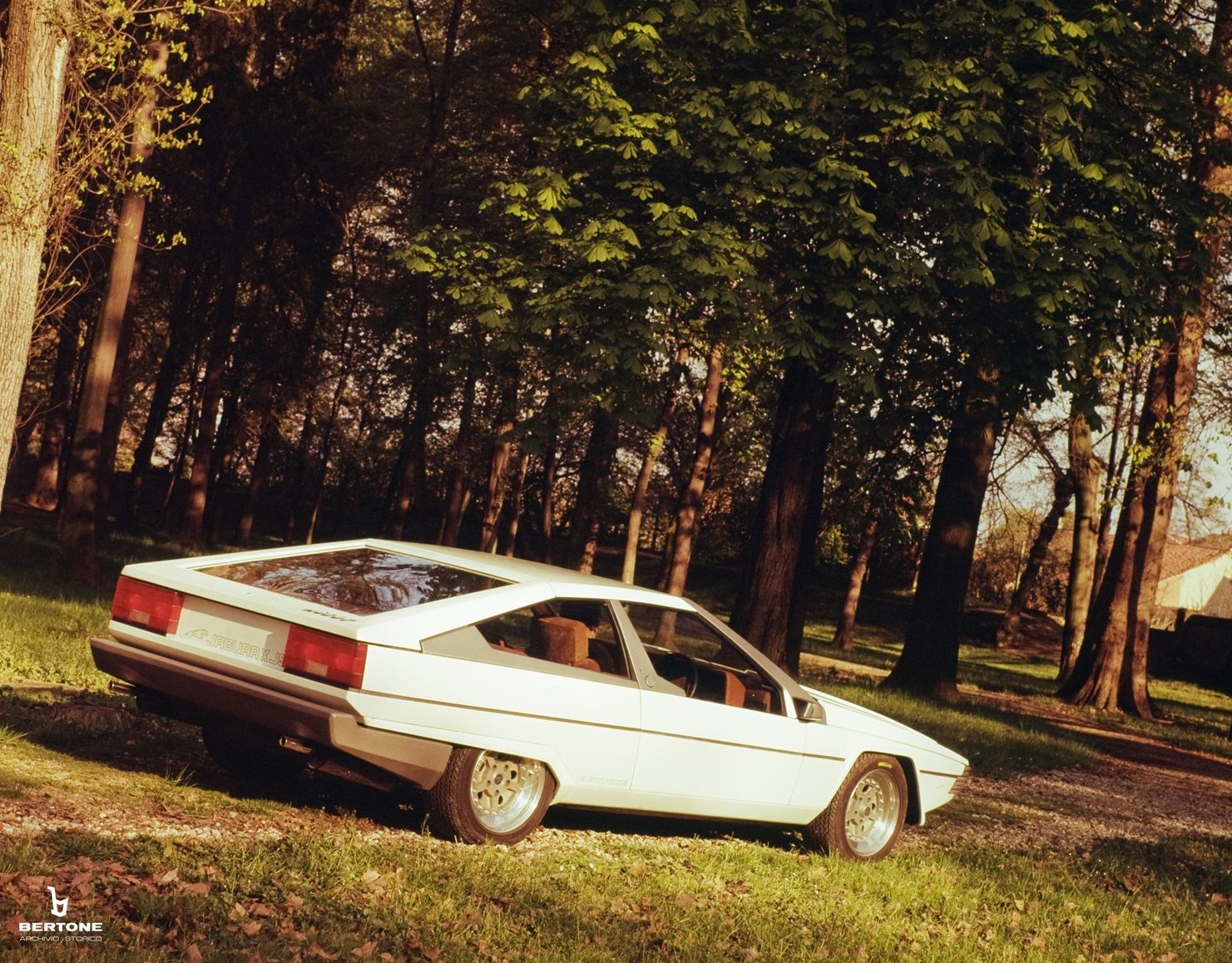
Which may have been the reason why Stile Bertone decided to look at repackaging and redesigning the XJ-S into something more practical and radically different than what Jaguar had been doing for the best part of four decades.
Unveiled at the 1977 Turin Motor Show, the Jaguar Ascot from Stile Bertone was a sensationally wedgy design that was unlike any Jaguar before, or for that matter, after. Doing a Jaguar-based concept had never been easy, as Jaguars have always had a very strong design language, established by company founder Sir William Lyons.


So, whenever any concept proposal strayed away from the Jaguar DNA, the press and public have always raised a hue and cry.
But it was not in the nature of Bertone or their design chief Marcello Gandini to tow the corporate look—they had built up their recent reputation on being violently disruptive in the automotive design world, to be the ultimate cause provocateurs.
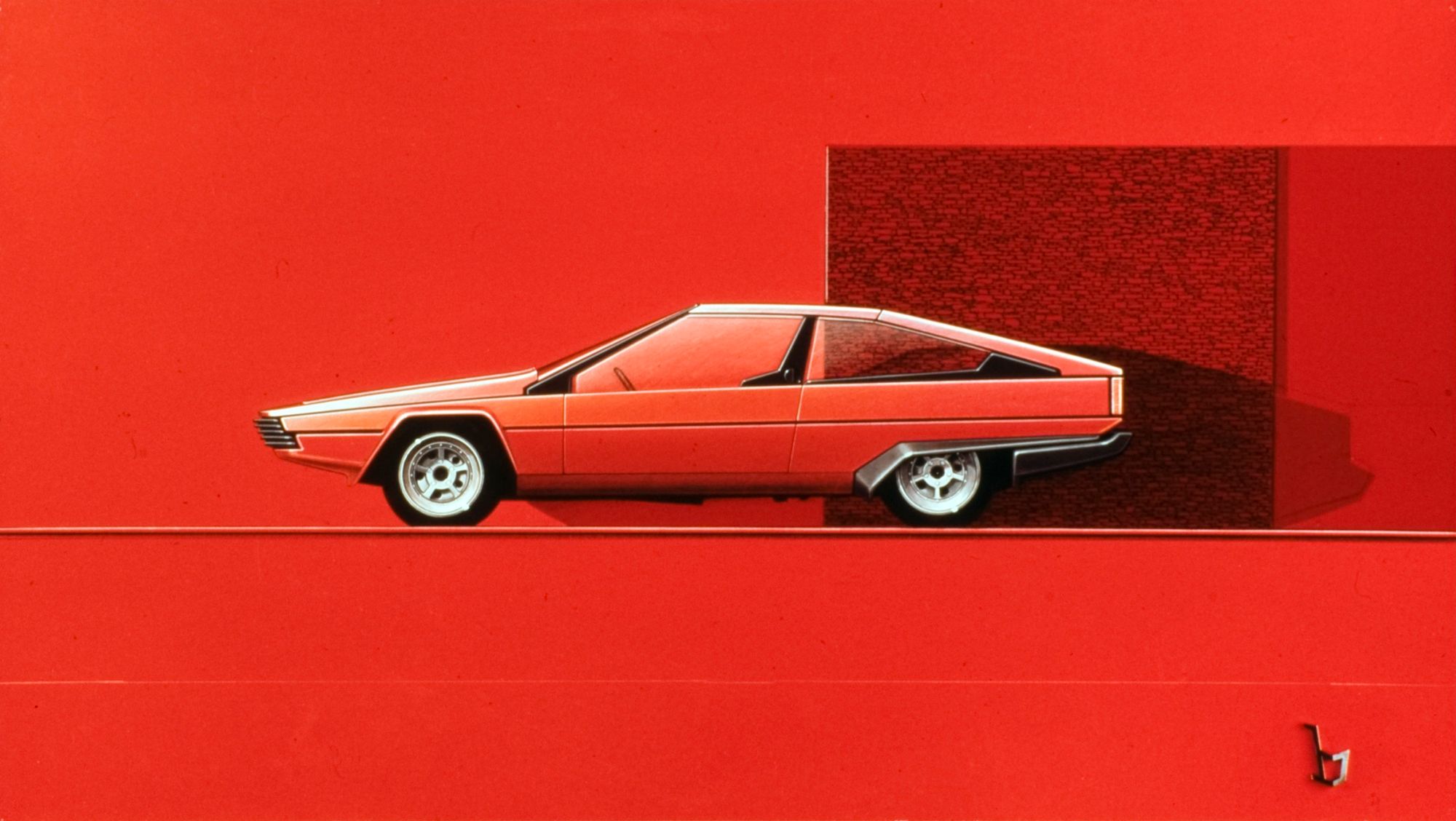
So, to design another Jaguar-ish looking coupe would have been meaningless.
The Ascot was a natural evolution of the design direction taken by Marcello Gandini since the Lamborghini Countach: wedge-like, straight lines, sharp edges, deep grooves juxtaposed with subtle swage lines, very aggressive, very rakish.
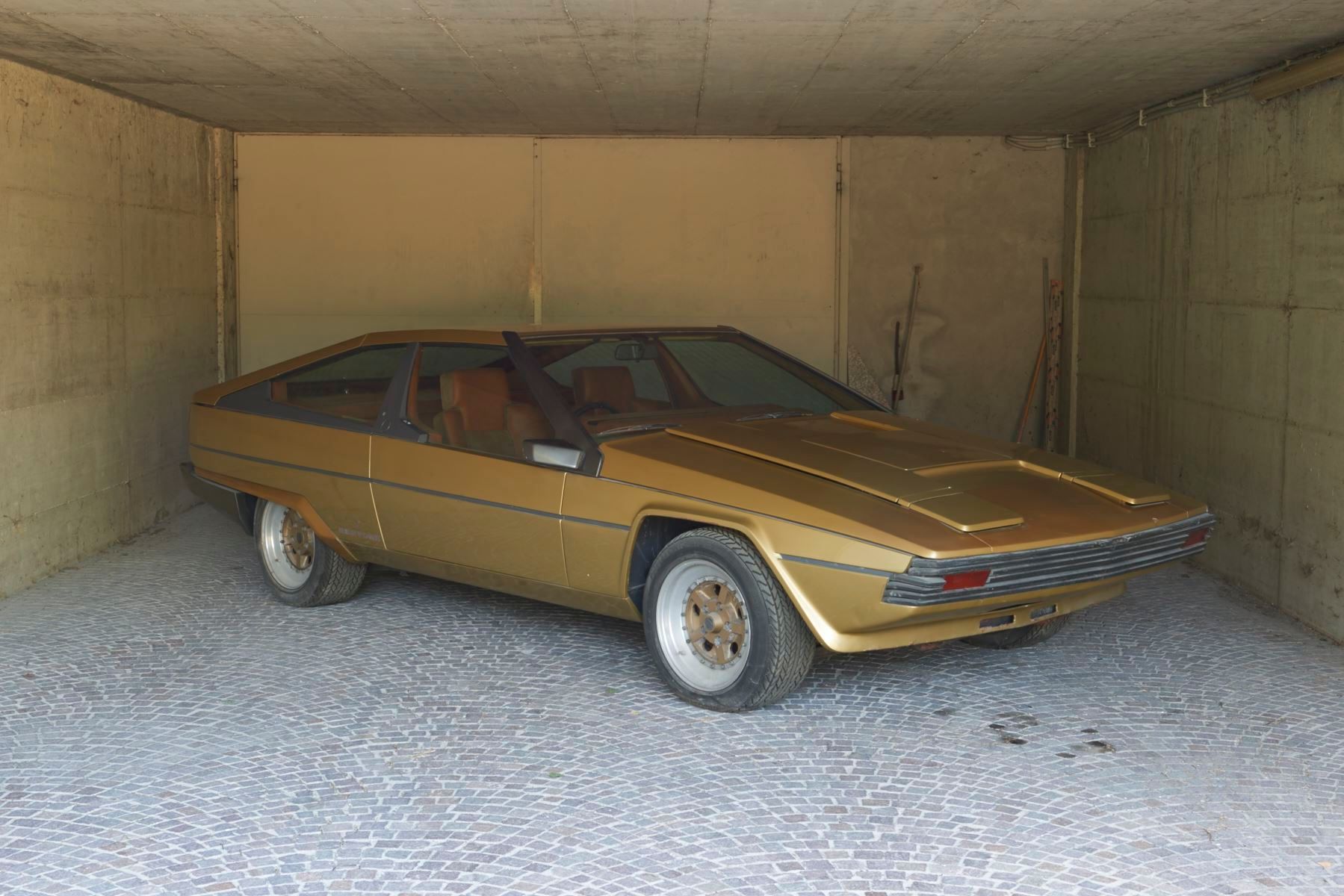
A design direction that had got progressively refined with the Lamborghini Bravo and the Ferrari Rainbow, the Ascot appearing as the ultimate iteration in Turin.
Retaining the XJ-S’ 5.3-litre V12 powertrain and platform, with the same wheelbase as the original’s, Gandini designed a car which was shorter overall (at 4.66 meters/183-inches) and lighter, yet more practical in featuring a rakish hatchback, as well as being more spacious.
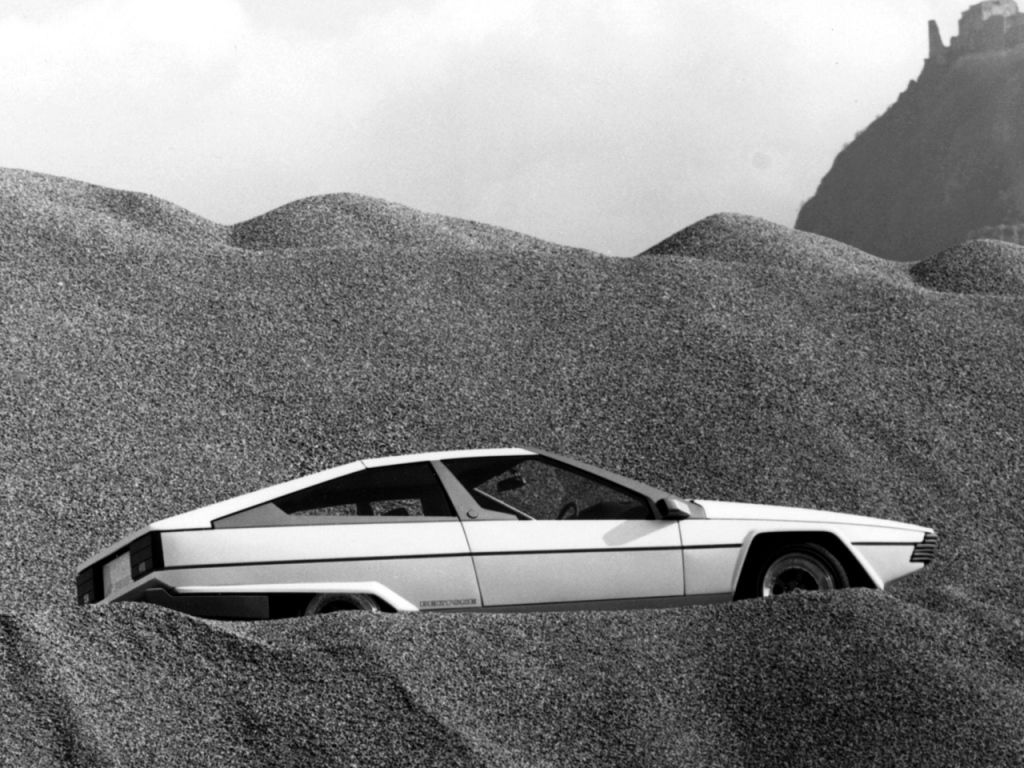
With a shorter overhang at the rear, a thrusting front with a pronounced overhang, sharp creases, straight angled lines smashing into each other, the Ascot was pointed, flat, raked and arrow-like.
Highly controversial, the Ascot was the subject of several magazine features, and several of the design elements in terms of the wheel arches, the flattish fastback rear and overall profile was used by Gandini for subsequent production designs including the Reliant FW11/Scimitar 77, the Citroen BX and the Reliant SE82.
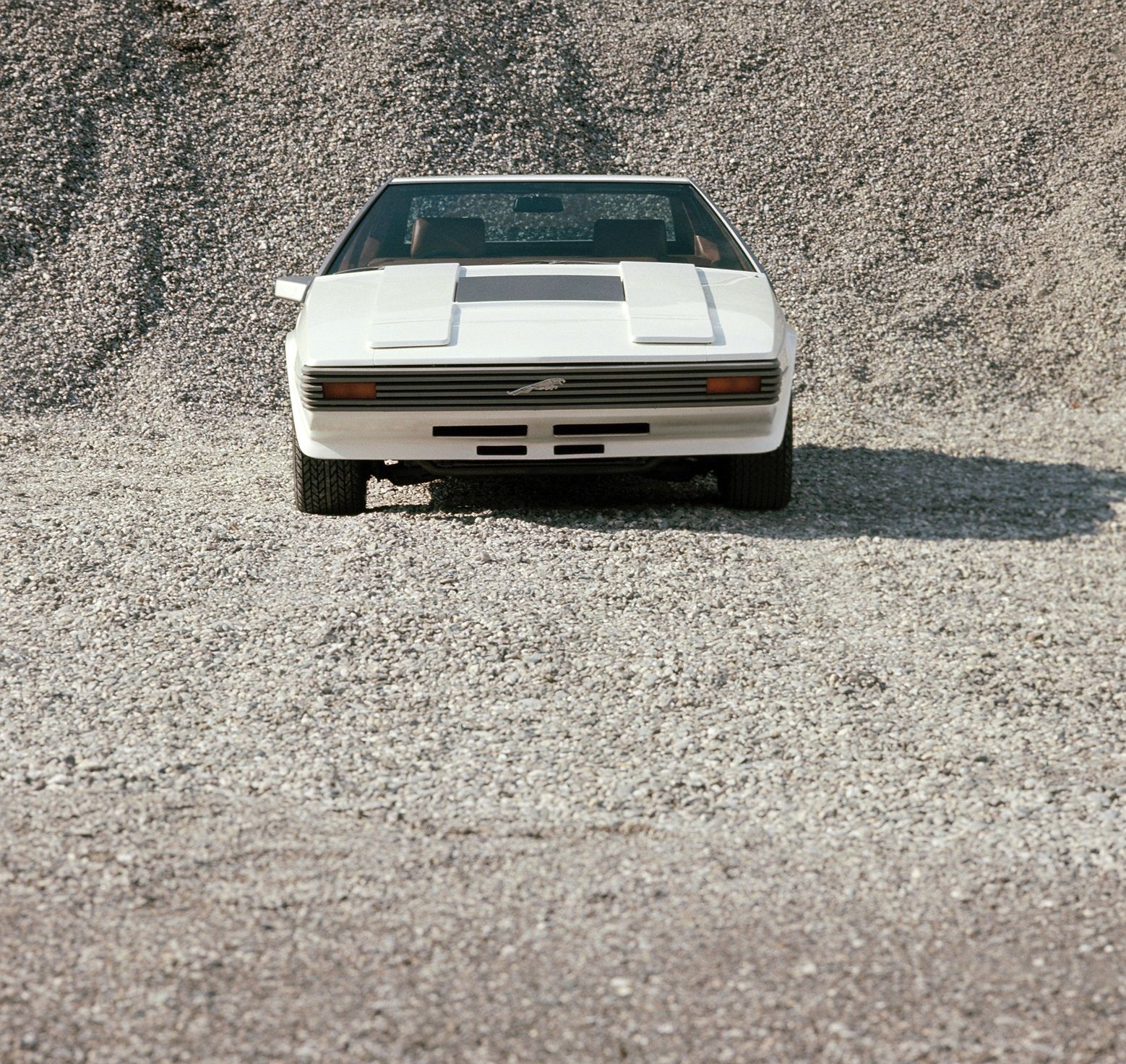
With its fastback rear treatment, Gandini found significantly more space for rear passenger headroom, as well as boot space in a car that had the virtues of a smaller road encumbrance compared to the ‘donor’ vehicle.
Comments
Sign in or become a deRivaz & Ives member to join the conversation.
Just enter your email below to get a log in link.
